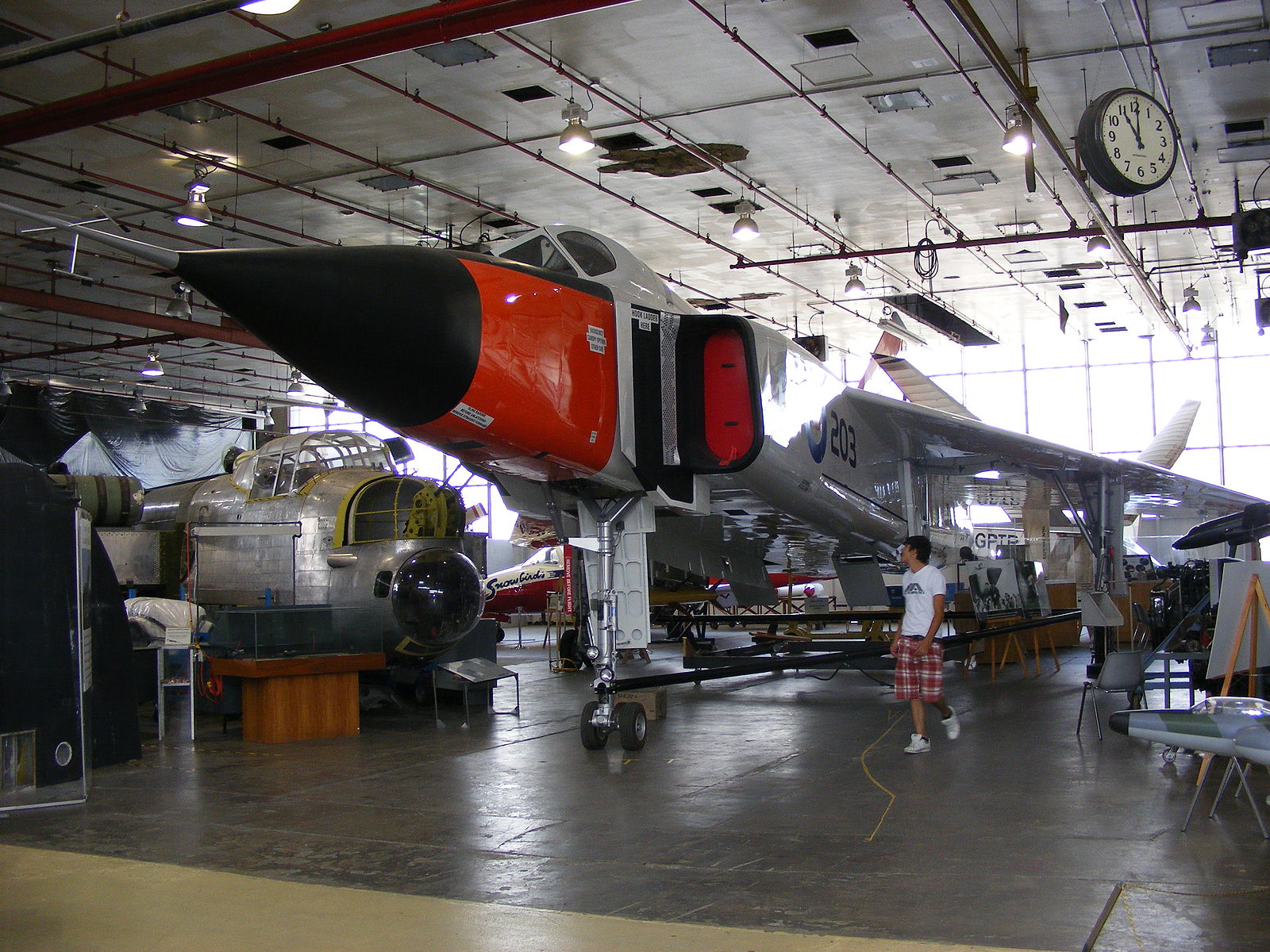The Canadian jet that could’ve changed aviation history

Full-sized replica of an Avro Arrow on display at the Canadian Air and Space Museum, Downsview (Toronto).
SUMMARY
A Canadian jet captured the imaginations of aviation enthusiasts for decades, especially those within Canada, since the 1950s. The Avro Arrow looked to be the fastest and highest-flying jet in the world for much of its development. But complicated politics, time and budget constraints, and global competition eventually brought an amazing jet down before its production release.
The road to the Avro Arrow
We take it for granted today that the Cold War grew out of World War II. But the Soviet Union was one of the strongest Allied Powers. Not everyone prepared for war with the Soviet Union right out of the gate.
When Canada reduced its aviation workforce in 1945 at the close of World War II, the British aviation company A.V. Roe went to Canada. It established a new subsidiary, A.V. Roe Canada, which quickly designed and produced the first Canadian jet fighter. The company built 692 Avro CF-100 Canucks.
Soon, Canada asked for a much more ambitious aircraft: An all-weather nuclear interceptor capable of Mach 2 at 60,000 feet. And Avro came up with a futuristic design to make this possible. It used a delta-wing configuration, internal weapons bays, and fly-by-wire controls.
Avro hired thousands of workers and subcontractors to make the plane possible. It built pre-production Avro Mark I planes for testing as well as a series of rocket-powered models. At the project's peak, over 20,000 workers toiled on the plane. When the Canadian public saw the Arrow for the first time, they fell in love. Over 14,000 people watched the public unveiling in October 1957.
The unfortunate end of the Arrow
Historians point to a number of potential causes for what happened next. America and Britain announced fighters that could fly higher than the Arrow at a likely lower price point. Ballooning costs for the project threatened other Canadian budget priorities. The Cold War nuclear threat transitioned from manned bombers to ballistic missiles. And the new prime minister of Canada, elected in 1957, reportedly had a bad relationship with the head of A.V. Roe Canada.
Canadians sometimes blame America for the cancellation, though historians have found evidence that America actually planned to buy Arrows for the Royal Canadian Air Force to improve Canada's muscle against Soviet attacks. According to Canadian historian Jack Granatstein, "There’s no doubt that the American aircraft industry would have been exceedingly unhappy if the [United States] had bought aircraft from Canada, but to say that the Americans killed [the Arrow] is, I think, simply not true.”
Whatever the constellation of causes, A.V. Roe attempted to find a new partner or buyer for the jet, but could not. And in February 1959, just 16 months after the jet's public debut to massive fanfare, Canadian Prime Minister John Diefenbaker canceled the project.
The company president announced the project cancellation on February 20, 1959, with a profane rant over the loudspeaker where he called the prime minister, "That f------ prick in Ottawa." The Canadian aviation industry calls it "Black Friday."
At least 14,500 people were directly employed on the project and lost their jobs immediately, with subcontractors and others quickly laid off right after. Modern estimates point to job losses of about 25,000, many of them highly skilled.
The legacy of the Avro Arrow
Many of those workers moved to the United States to work for NASA on the Apollo program.
Everyone involved in the cancellation claims they didn't order the destruction of the project materials, but someone did. The pre-production planes got cut apart with blowtorches, blueprints were shredded or burned, and models were sunk into a nearby lake. This was reportedly to prevent the Soviet Union from stealing any research.
A few items survived. At least one draftsman smuggled out his blueprints and some sections of the jet are now on display.
But the plane is lost to history, and Canada's aviation industry never recovered.
SHARE
